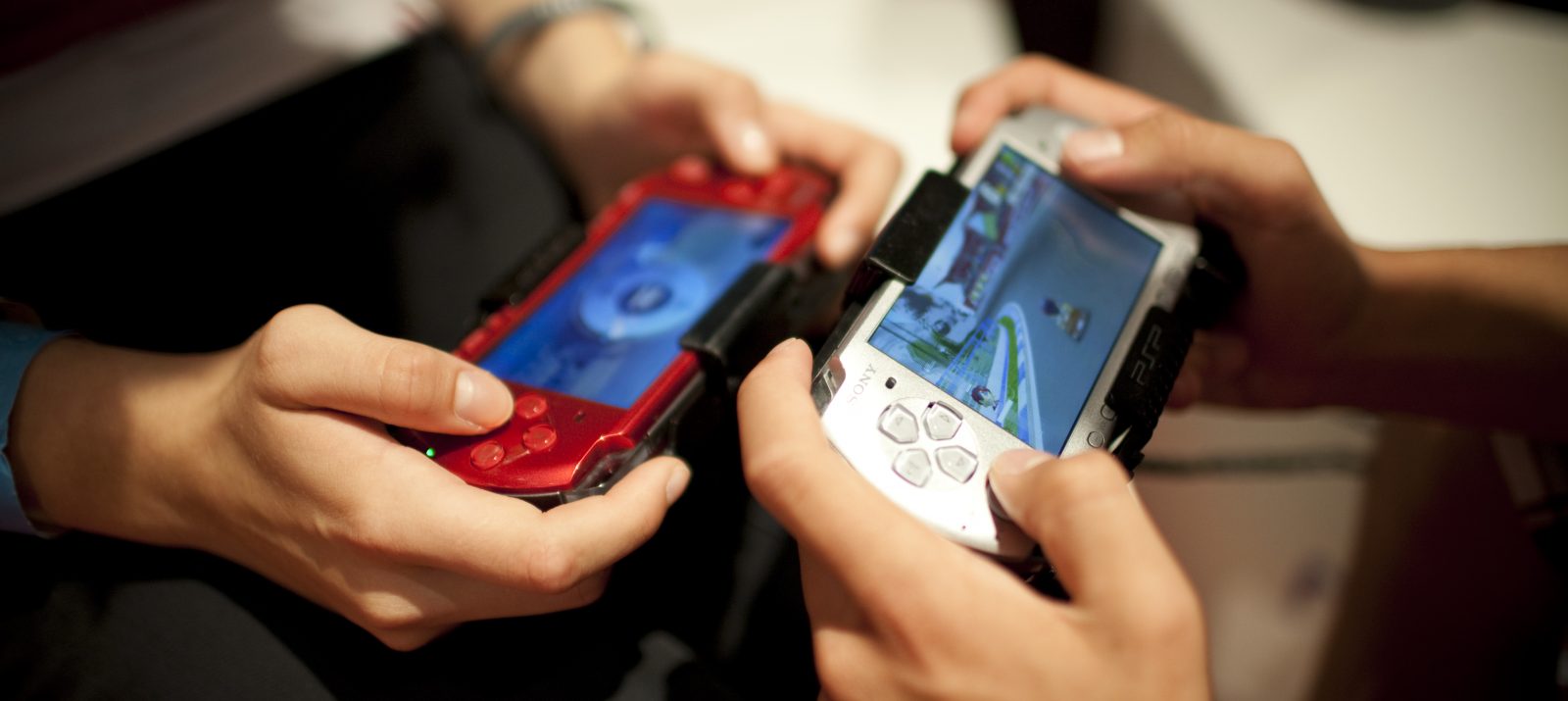
A character jumps from level to level, the forward button is pressed continuously, all tasks are completed in no time at all, and poof – the game is over. Have you ever observed this? In a Let’s Play video or maybe even with your child?
The word speedrun comes from the English language and is composed of the words speed for speed and run for run. The main objective is to quickly play through any video game. Especially Jump ‘n’ Run games like the Nintendo game Super Mario, but also first-person shooters like Half Life oradventure games like Pokémon are examples of speedruns. The important thing is not only to finish a game in record time, but also to record the gameplay and share the video evidence with the online community. Whether gaming stars or youngsters – many players share recordings of their speedruns online or invite their community to livestreams, for example via Twitch.
Skipping sections, avoiding obstacles, walking through walls – what exactly is allowed is decided by the community. Different categories with rules ensure fair competition. Here are some examples:
The biggest appeal of speedruns is experiencing a game from a different perspective. In the process, children and young people explore mechanisms and rules in order to use them to develop new play skills. So even your favorite game or 20-year-old classic can be a new challenge again. Young people and children enjoy finding creative solutions and working out tactics. Competing with others is exciting and creates recognition from friends and the community.
If you want to create a good speedrun, you have to be very patient and practice diligently. Playing through the same game over and over again while perfecting skills can take up a lot of time and lead to excessive media use. It can frustrate children and teens when they don’t progress as quickly as they would like or others are always beating their record time.